Oil Tank Installation in Flood Risk Areas: Key Considerations
Contents
Installing an oil tank in a flood-prone area requires careful planning. Floodwaters can cause tanks to shift, damage containment, or lead to leaks that contaminate the environment. For homeowners and businesses, the risks are not just financial but also regulatory. In this guide, we’ll explore best practices for oil tank installations in flood risk zones, including raised plinths, tank anchoring, bund integrity, and additional safety measures. By following this advice, you’ll stay compliant, protect your property, and reduce environmental impact.
Understanding Flood Risk Zones
Before installation, it’s vital to understand the flood risk level of your property. The Environment Agency categorises areas into zones:
- Zone 1: Low risk (less than 1 in 1,000 chance of flooding each year).
- Zone 2: Medium risk (between 1 in 1,000 and 1 in 100).
- Zone 3: High risk (greater than 1 in 100).
Knowing your flood zone helps determine the design, placement, and compliance requirements for your oil tank.
Raised Plinths: First Line of Defence
One of the most effective ways to safeguard tanks is by installing them on a raised plinth:
- Flood protection: Elevating the tank reduces exposure to water damage.
- Compliance: A plinth at least 300mm above expected flood levels meets Environment Agency recommendations.
- Maintenance: Raised tanks are easier to inspect and service.
Materials should be durable and water-resistant — concrete or reinforced blocks are commonly used.
Anchoring Tanks & Bund Integrity
Floodwaters can be powerful enough to move unanchored tanks. Anchoring provides:
- Stability: Prevents tanks from floating, shifting, or toppling during high water.
- Spill prevention: Reduces the risk of leaks that can contaminate soil or waterways.
Equally important is the integrity of the bund (secondary containment system):
- A bund should hold at least 110% of the tank’s capacity.
- Regular inspections for cracks, corrosion, or blockages are essential.
- Bunds act as the last line of defence against leaks and are a regulatory requirement in many cases, as highlighted by OFTEC.
Extra Fire & Environmental Safety Measures
Flood-prone areas need additional safeguards:
- Fire safety: Ensure your installation complies with separation distances from buildings and ignition sources.
- Environmental protection: Consider overfill alarms, automatic shut-off valves, and secure lids to minimise leak risks.
- Planning permissions: Some flood-zone installations require approval. Always consult your local authority before proceeding.
Best Practices for Property Owners
Whether residential or commercial, here are practical steps:
- Annual inspections: Catch issues early by scheduling professional checks.
- Spill kits on-site: Essential for quick containment of minor leaks.
- Emergency planning: Know your local flood warning systems and response protocols.
- Professional installation: Always use OFTEC-registered engineers to ensure compliance and safety.
Related Reading
For more insights on tank safety and maintenance, explore:
- Can a Bunded Oil Tank Explode? Understanding the Safety Features
- My Bunded Oil Tank is Leaking: What to Do Next
Conclusion
Installing an oil tank in a flood-prone area doesn’t have to be risky if the right measures are in place. Raised plinths, proper anchoring, bund integrity, and compliance with Environment Agency and OFTEC guidance are critical for safety. Taking these steps protects your property, ensures legal compliance, and helps safeguard the environment.
If you’re planning an installation in a flood zone and need expert advice, get in touch with our team for tailored guidance.
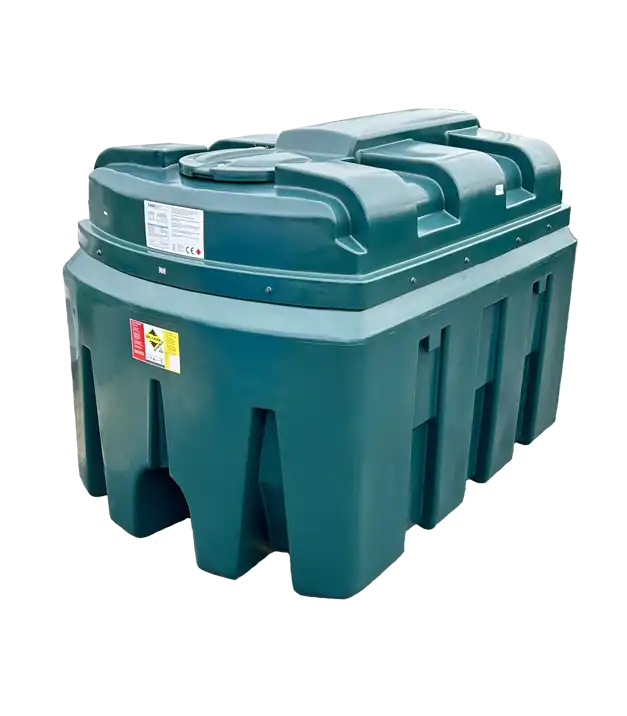
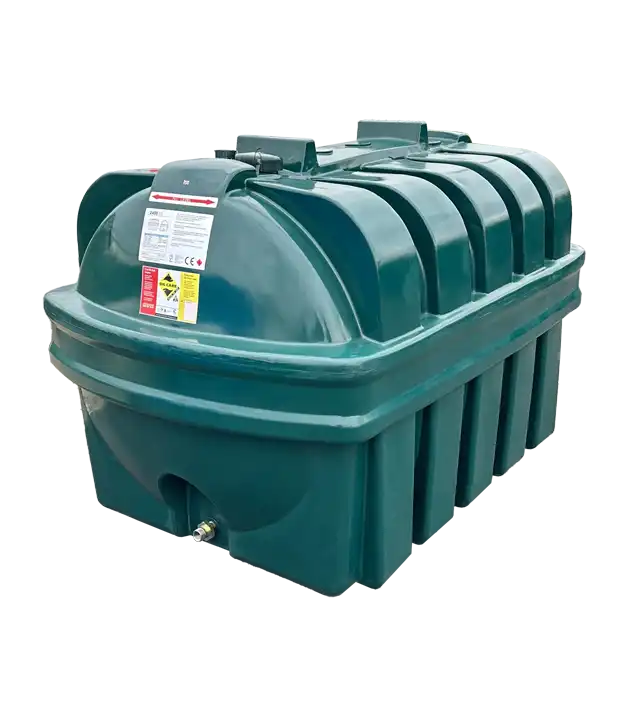
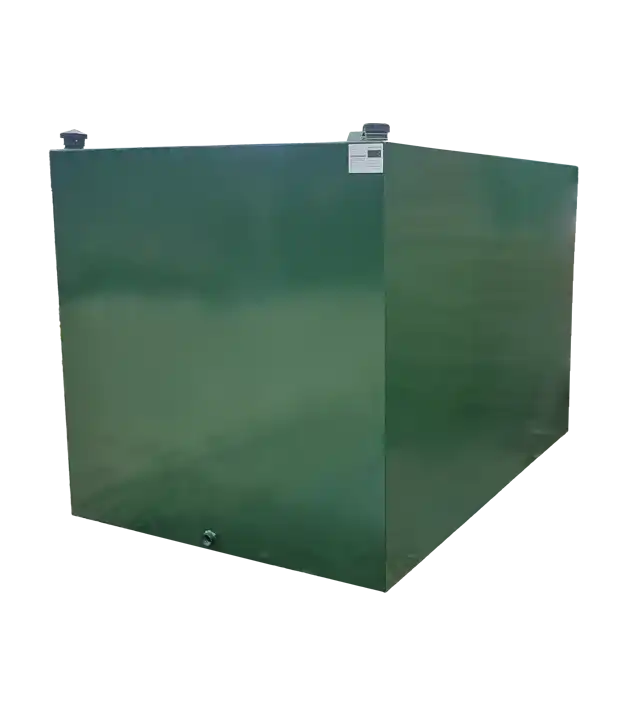
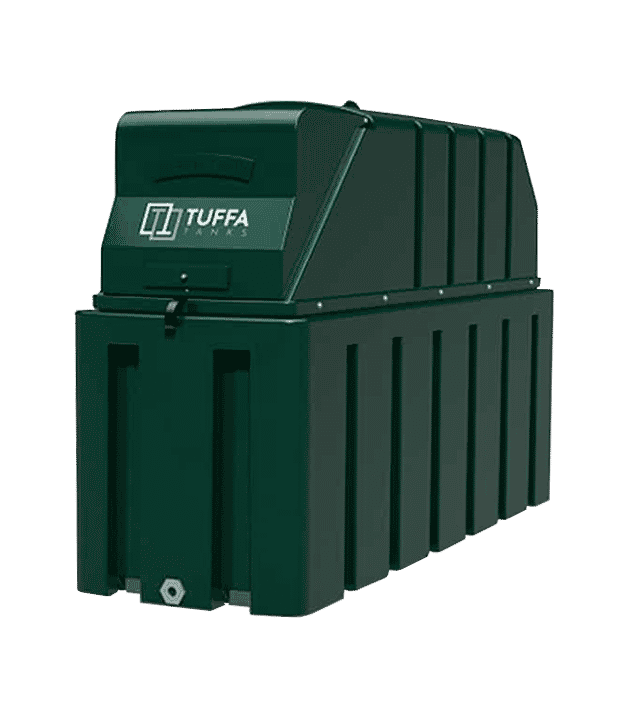
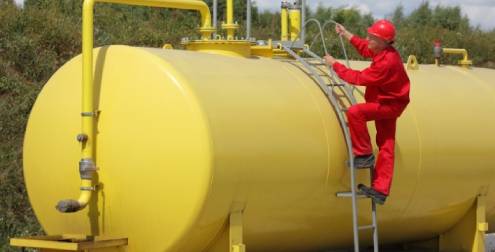
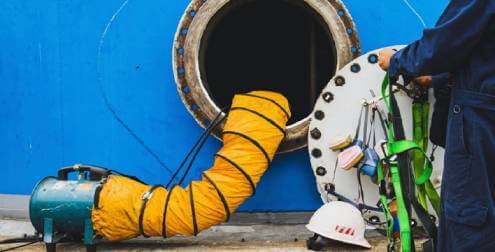
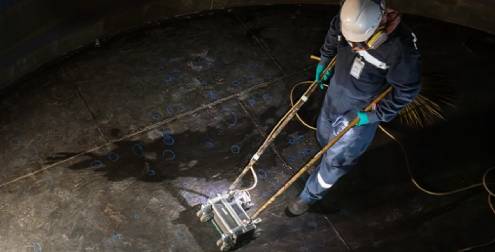
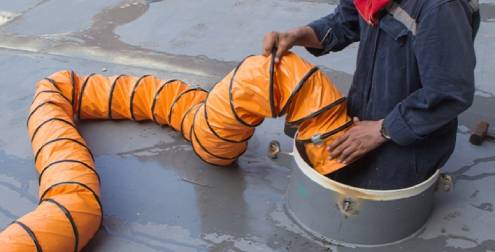
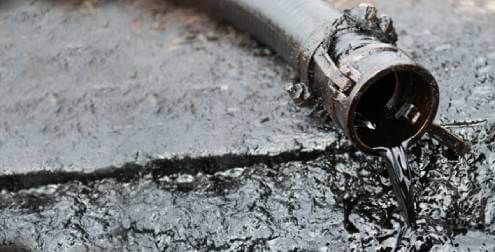

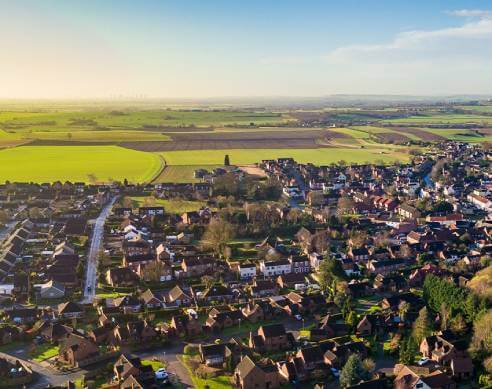
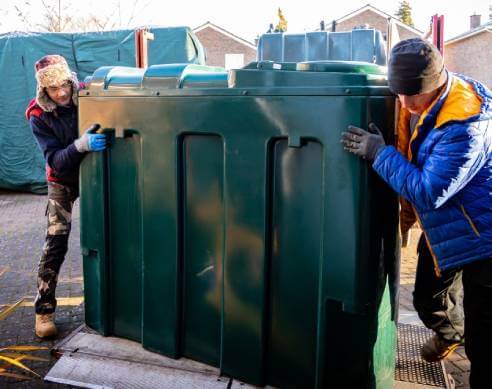
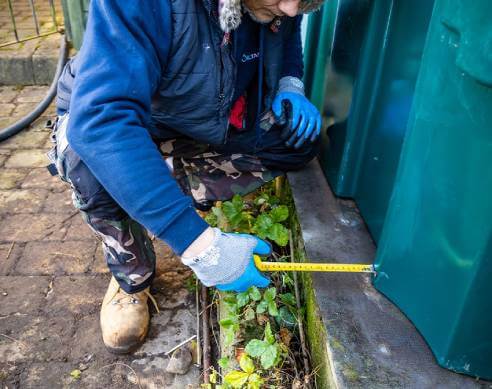


Share This: